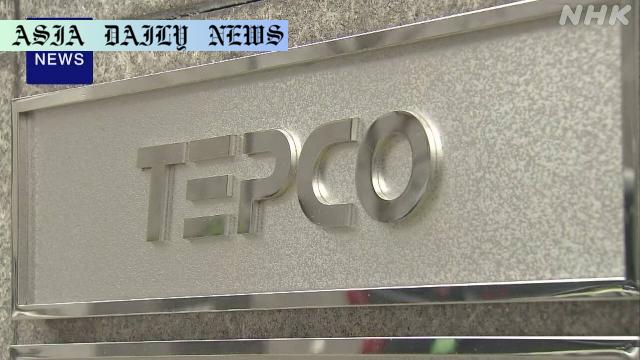TEPCO posts huge loss for April-June over reactor decommissioning prep.
- TEPCO, the operator of Fukushima plant, incurred a historic $5.7 billion loss.
- The loss stems from massive costs to prepare for decommissioning reactors.
- Costs include debris removal, structure demolition, and radiation reduction.

TEPCO Incurs Unprecedented Loss Amid Fukushima Preparations
Tokyo Electric Power Company (TEPCO) has reported its largest quarterly loss since the devastating 2011 earthquake and tsunami that crippled its Fukushima Daiichi Nuclear Power Plant. For the April-June period, the company posted a net loss of over 857.6 billion yen (approximately $5.7 billion), a sharp contrast from the prior year’s 79.2 billion yen net profit. This massive deficit stems from extraordinary costs totaling about 954 billion yen ($6.3 billion) allocated toward preparatory efforts to safely decommission the reactors at the Fukushima site.
Breakdown of Decommissioning Costs
The significant expenditure TEPCO incurred highlights the complexities of safely decommissioning a nuclear facility that suffered catastrophic damage over a decade ago. Specifically, a major portion of the costs—roughly 903 billion yen—is attributed to preparatory work. This includes activities such as assessing the condition of fuel debris, dismantling structures obstructing operations, and working to lower radiation levels in and around the reactors. These preparations are expected to take up to 15 years before the company can embark on full-scale debris retrieval efforts.
Long-term Planning and Financial Implications
TEPCO has acknowledged that even greater expenses may lie ahead once debris retrieval begins. Despite the grim loss, the company did record an operating profit of 64 billion yen ($430 million) for the quarter, reflecting management’s ongoing efforts to stabilize the business beyond the Fukushima crisis. However, this minor profit is dwarfed by the towering costs anticipated in the future, leading to renewed public and government scrutiny of TEPCO’s financial sustainability and planning.
A Historical Context: Fallout from Fukushima
In March 2011, a magnitude 9.0 earthquake and subsequent tsunami devastated northeast Japan, causing meltdowns at the Fukushima Daiichi plant. The disaster marked the most severe nuclear event since the Chernobyl accident in 1986. When the reactor cores were damaged, they released enormous amounts of radioactive material into the surrounding environment. Since then, TEPCO has faced immense technical, financial, and reputational challenges.
Future Challenges for TEPCO
The preparation for debris removal at the affected reactors stands as a monumental challenge, especially since similar projects provide no roadmap. TEPCO is cautiously optimistic but admits the complexity and unprecedented nature of this venture may cause additional delays and excessive costs. The Japanese government has vowed to support the decommissioning process, but financial and operational pressures will require accountability and efficiency.



Commentary
Navigating a Post-Fukushima Reality
TEPCO’s recent financial loss underscores the tremendous burdens of operating in the aftermath of a nuclear disaster. The extensive costs associated with decommissioning the Fukushima Daiichi plant are unavoidable, testament to the ongoing consequences of one of the worst nuclear accidents in history. Beyond the staggering price tag, this story also highlights the technological and logistical challenges of safely dismantling reactors and managing radioactive material. The enormity of this task raises valid questions about TEPCO’s long-term preparedness to address such formidable hurdles.
The Balance Between Responsibility and Progress
While TEPCO’s efforts are commendable, critics could argue that preparation timelines spanning 12-15 years are far from reassuring for the communities impacted by the disaster. Moreover, the revelation that costs may escalate even further after debris retrieval begins underscores a pressing need for transparency. How TEPCO communicates with the public about progress—or setbacks—will deeply influence its ability to maintain public trust, an invaluable asset if the company hopes to remain viable.
What Lies Ahead?
The unfolding TEPCO narrative reinforces the necessity for governments, corporations, and global entities to treat nuclear safety with the utmost seriousness. The financial fallout from Fukushima is a reminder that the potential risks associated with nuclear energy must always be balanced against its benefits. TEPCO’s colossal losses are less a reflection of poor management than they are a sobering wake-up call about the true cost of nuclear accidents.